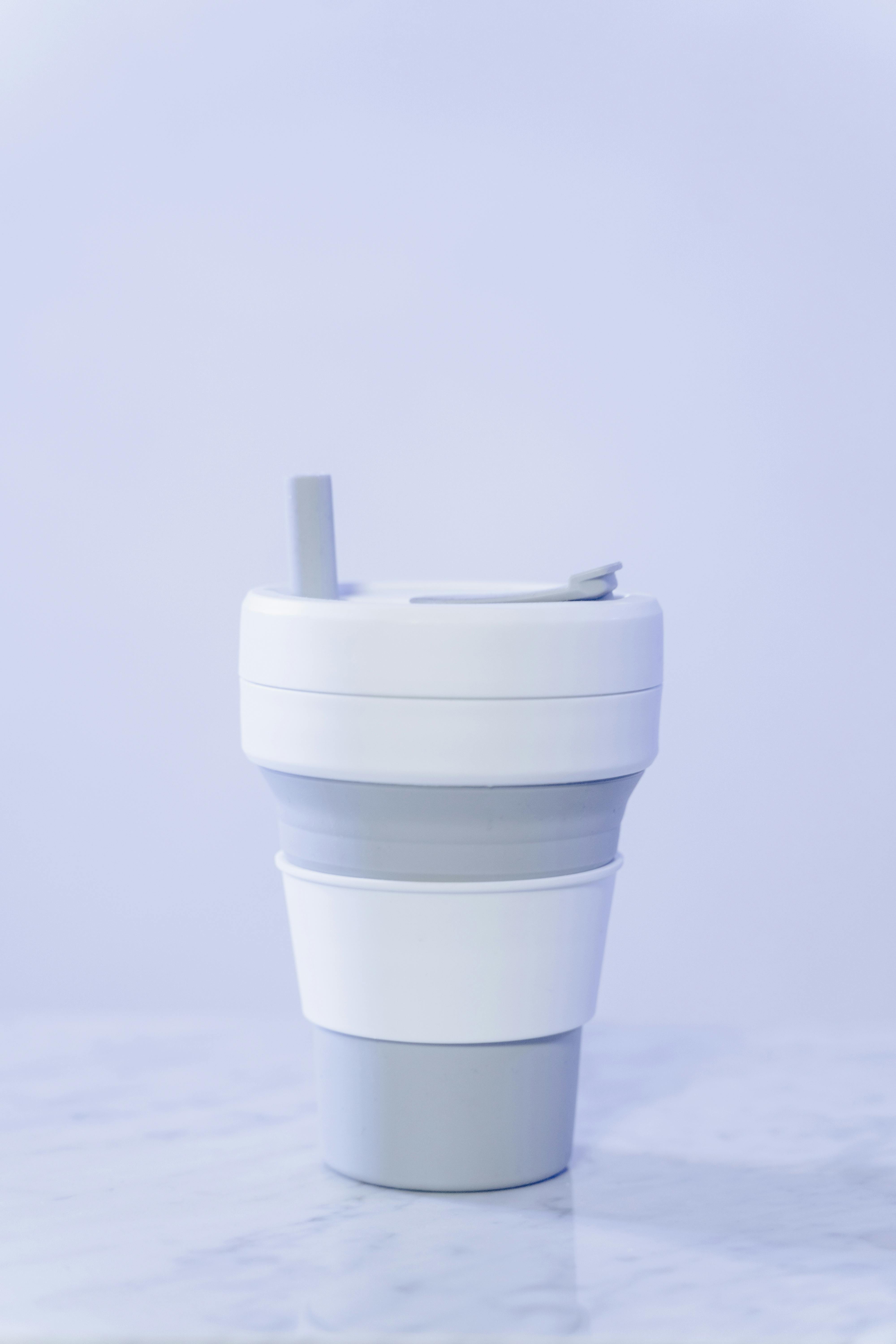🕓 Estimated Reading Time: 5 minutes
Overview
The global technology landscape is abuzz with speculation surrounding Apple's long-anticipated entry into the foldable smartphone market. Recent reports, citing supply chain insights and analyst projections, suggest a potential launch of the Apple foldable iPhone as early as 2026. This significant development is rumored to be accompanied by a premium price tag of approximately $1,999, positioning Apple's bendable device at the higher end of an already luxurious segment. Should these predictions materialize, the arrival of the foldable iPhone 2026 could redefine the trajectory of the foldable phone industry, potentially setting new benchmarks for design, durability, and user experience. Apple's cautious yet calculated approach to market entry contrasts sharply with the strategies of its competitors, who have been experimenting with foldable form factors for several years. The Cupertino giant's decision to wait indicates a commitment to delivering a highly polished and technologically superior product, adhering to its hallmark standards of innovation and quality.

Background & Context
For years, Apple has been the subject of intense speculation regarding its plans for foldable devices. While competitors like Samsung, Motorola, and Huawei have already launched multiple generations of foldable smartphones, Apple has remained conspicuously absent from this nascent yet rapidly growing segment. This measured approach is characteristic of Apple's strategy: typically, the company prefers to observe emerging technologies, allowing competitors to iron out initial kinks and educate the market, before entering with a refined and often superior product. The rumored foldable iPhone 2026 launch suggests that Apple believes the display technology, hinge mechanisms, and software optimizations have matured sufficiently to meet its stringent quality and user experience standards. Numerous patents filed by Apple over the past decade indicate extensive research into various foldable display technologies, hinge designs, and protective layering. These include patents for self-healing screens and robust hinge systems, underscoring the company's focus on durability—a critical concern in early foldable models from other manufacturers. The anticipated iPhone foldable launch is not just about a new form factor; it's about Apple's potential to redefine the category, much as it did with the original iPhone for smartphones and the iPad for tablets.
Implications & Analysis
The rumored Apple foldable price of $1,999 places it squarely in the premium tier, aligning with Apple's brand positioning and the high cost of advanced foldable display technology. This pricing strategy suggests that Apple is not aiming for mass market adoption with its initial foldable device but rather targeting early adopters, tech enthusiasts, and professional users who prioritize cutting-edge innovation and premium quality. For context, existing high-end foldables from competitors often retail in a similar range, though some have seen price reductions over time. Apple's entry could legitimize the foldable market further, drawing in a new wave of consumers who have been waiting for Apple's seal of approval on the technology. Analysts predict that Apple's version will likely feature an optimized version of iOS (or a hybrid iOS/iPadOS experience) that seamlessly adapts to both folded and unfolded states, providing intuitive multitasking and enhanced productivity. The focus will undoubtedly be on hinge durability, display crease management, and a robust software ecosystem that leverages the larger, flexible screen real estate. Given Apple's track record, a significant innovation in hinge design or display material is highly probable, potentially addressing concerns that have plagued current foldable phones.

Reactions & Statements
As is typical with Apple, there has been no official confirmation or denial regarding the foldable iPhone. The company maintains strict secrecy around its product roadmap, leaving the public and media to rely on reports from reputable industry analysts and supply chain sources. Prominent figures like Ming-Chi Kuo, a well-known Apple analyst, and Ross Young, CEO of Display Supply Chain Consultants (DSCC), have frequently provided insights into Apple's foldable ambitions, often pointing to a later market entry compared to rivals, signifying Apple's deliberate development cycle. These analysts have detailed Apple's exploration of various form factors, including a potential clamshell design similar to the Galaxy Z Flip or a larger book-style fold akin to the Galaxy Z Fold. While specific statements from Apple executives are non-existent, the consistent flow of patent filings and supply chain whispers lends credence to the idea that a foldable device is indeed in the works. The industry largely views Apple's eventual entry as a critical inflection point for the foldable market, anticipating that it will spur greater competition, accelerate technological advancements, and potentially lead to increased consumer adoption of the innovative form factor.
'Apple's meticulous approach suggests they are waiting until they can deliver a truly differentiating experience, rather than just releasing a foldable for the sake of it.'
What Comes Next
Should the iPhone foldable launch proceed as rumored in 2026, the competitive landscape of the smartphone industry is set for a significant shake-up. Competitors, particularly Samsung, which currently dominates the foldable market, will likely intensify their innovation efforts to maintain their edge. We can expect to see further advancements in display durability, crease reduction, battery life optimization, and integrated stylus support across the board. For consumers, Apple's entry could mean a more robust and reliable foldable experience, potentially influencing prices across the segment as competition heats up. The development of the future iPhone lineup will undoubtedly be shaped by the success and consumer reception of its foldable variant. It's plausible that Apple may explore different foldable form factors or even integrate foldable technology into other product lines, such as iPads or MacBooks, further down the line. The next two years will likely see a ramp-up in supply chain activities and more definitive leaks, offering clearer insights into Apple's plans.
Conclusion
The prospect of an Apple foldable iPhone launching in 2026 with a $1,999 price point represents a pivotal moment for both the company and the broader smartphone industry. While details remain unconfirmed by Apple, the consistent flow of credible reports suggests that the company is meticulously preparing its entry into the foldable arena. This move could not only validate the foldable form factor as a mainstream category but also elevate the standards of design, durability, and software integration for all future bendable devices. As the technology world eagerly awaits official announcements, the potential for Apple to once again reshape a key segment of the consumer electronics market remains a compelling narrative, promising an exciting evolution in how we interact with our most personal devices.
Comments
Post a Comment